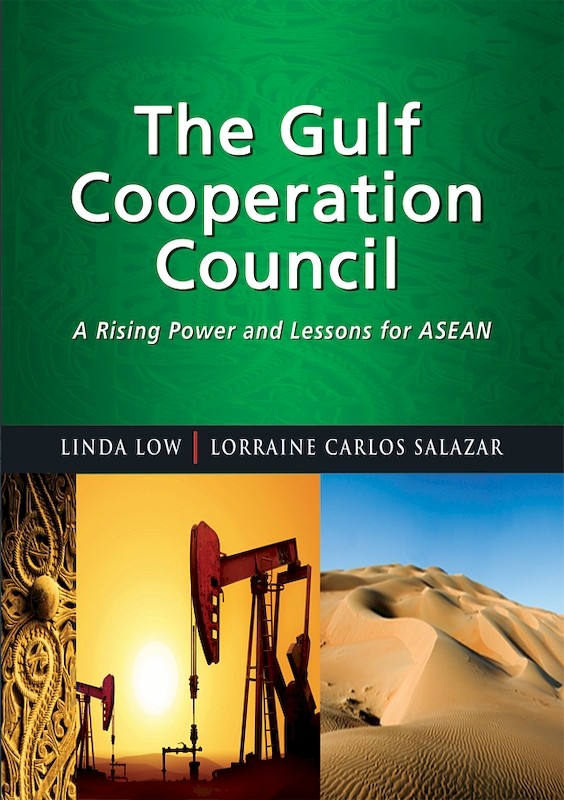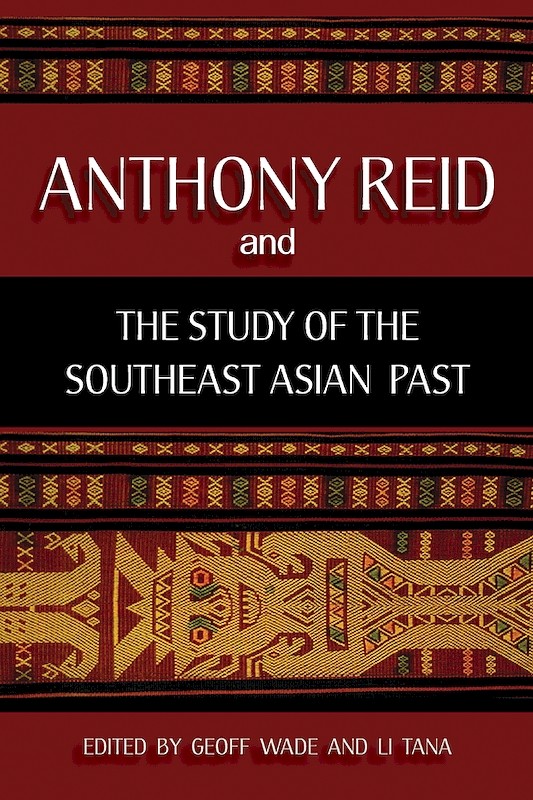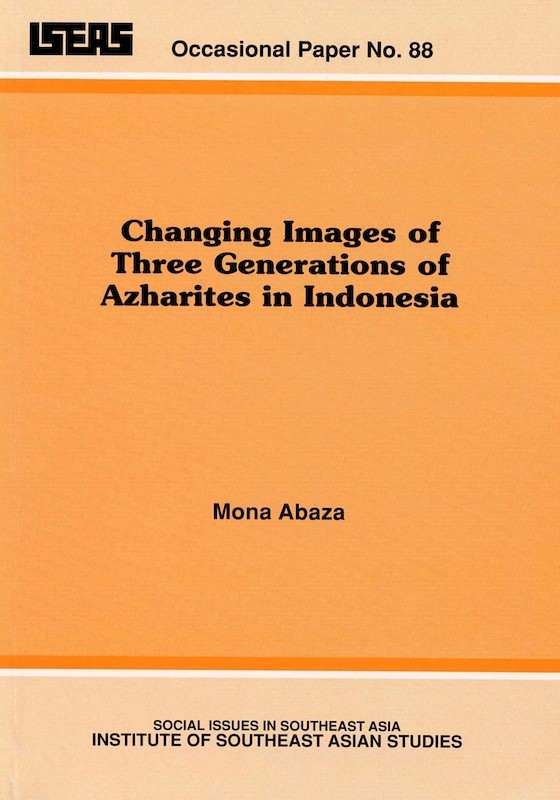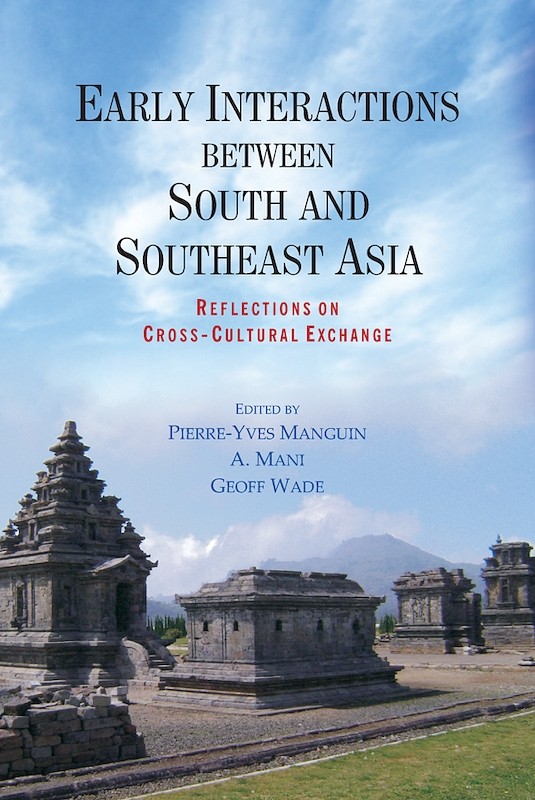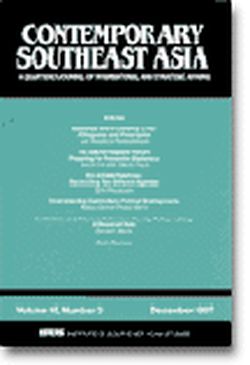The Tongking Gulf Through History
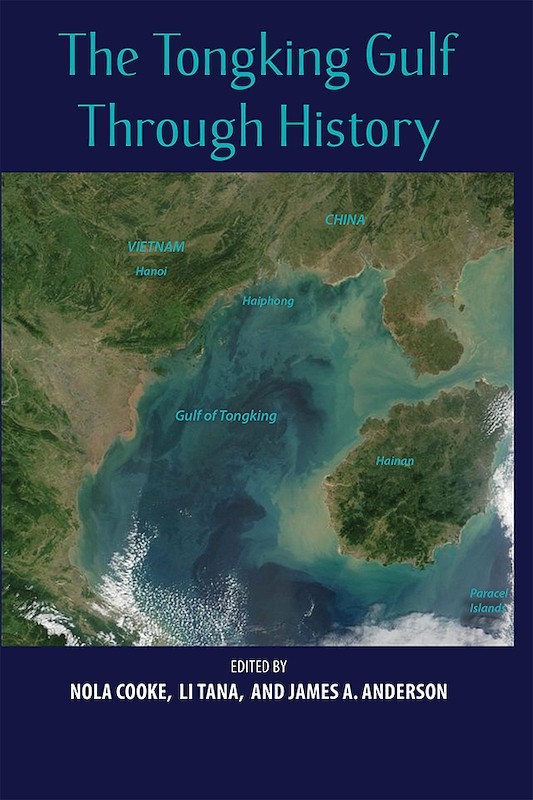
Reviews
"Although not listed in any gazetteer of the world, the authors of the work under review have nevertheless decided on 'Tongking Gulf' as a fitting metaphor to evoke, after Braudel, a 'mini-Mediterranean', circumscribed by the northern Vietnam rimland, in turn linked by maritime and sea corridors with contiguous regions of China. Sweeping across almost two millennia of cross-cultural and civilisational exchanges, this is an ambitious undertaking. The fruits of an academic conference appropriately hosted in Nanning in China, the work also calls upon some erudite understandings, especially in ranging from the Neolithic to the tenth century (Part I), and thereafter to the nineteenth century (Part II). Allowing the gaps in this two millennia-long exegesis -- linguistic evolution comes to mind -- it is salutary that, by way of introduction to this collection, Li Tana masterfully sets the individual contributions against the broader sweep of Vietnamese and Chinese history. We suspect that other 'mini-Mediterraneans' can be intellectually carved out of the seas and straits of the greater East-Southeast Asian maritime region just as we surmise that research on the 'Tongking Gulf' is virtually open ended (Hainan Island could still offer itself as a candidate). Still, as a trailblazing contribution to regional studies, all scholars entering this field will appreciate the major didactic lessons from this work, namely the merit of longue durée approaches to regional questions, and the limits of strictly national narratives" (Asian Studies Review).
About the publication
Yet how innovative are these developments? Drawing on fresh historical insights and recent archaeological research in northern Vietnam and southern China, The Tongking Gulf Through History reveals that this region has long been a centre of cultural, political, and economic exchange. From a historical point of view, contributors argue, the Gulf of Tongking has come full circle. Inspired by the Braudelian vision that regionality arises from long-term human interactions, essays avoid state-centred approaches of nationalist histories to focus on local communities throughout the Gulf. In doing so, they reveal a complex pattern of interrelationships and geopolitical factors that has shaped the gulf region for over two millennia.
The first half of the volume covers the era from the Neolithic to the tenth century, when an independent state emerged from old Chinese Jiaozhi, or modern northern Vietnam; the second surveys the nine centuries that followed, in which only two states came to share the maritime shores of the Tongking Gulf. Together, the essays illuminate how millennia of recurring human interactions within this geographical space have created a regional ensemble with its own longstanding historical integrity and dynamics.
Co-publication: ISEAS / University of Pennsylvania Press
Available for distribution by ISEAS in all ASEAN countries.

